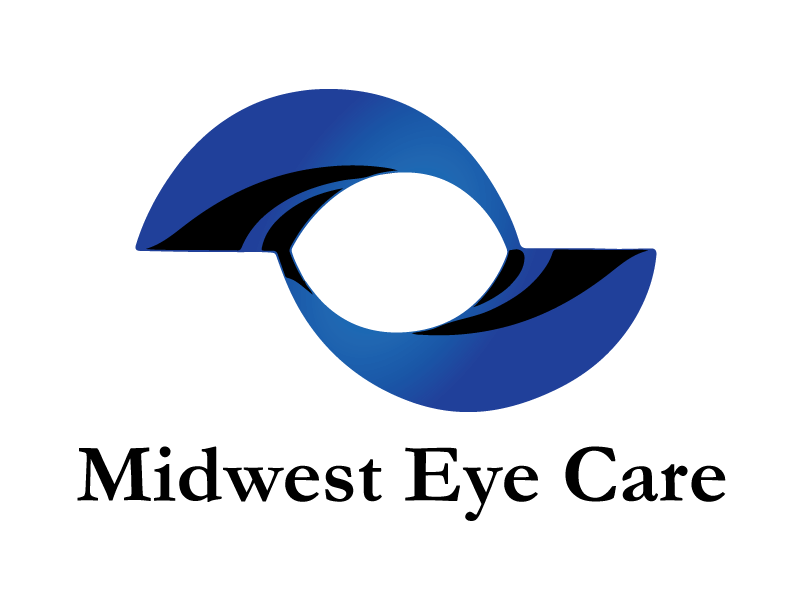Chlamydia is the most common sexually transmitted disease in both the U.S. and the world. It is estimated that 5% to 25% of U.S. women have Chlamydia. In fact, Chlamydia rates were declared to be the epidemic level in 2004 in Douglas County (Nebraska), and the reported rates in recent years are still up to 50% higher than the national average. Since up to 75% of Chlamydia cases have no symptoms, the majority of women are unaware of the disease. Prevalence rates in men are roughly half of that of women.
The most common eye problem associated with Chlamydia in the U.S. is inclusion conjunctivitis, a chronic condition that can include mild or acute onset of internal eyelid follicles, mucus discharge, lid swelling, eye irritation and rashes. Inclusion conjunctivitis is contracted through contact with sexual secretions, generally transmitted by the hands. Published studies report that 50 to 90% of patients with an ocular chlamydial infection also have a concurrent genital infection that frequently has no symptoms. Treatment generally includes topical and oral antibiotics; treatment is highly successful but does not prevent re-infection, and therefore partners of infected patients must also be treated to avoid re-infection.
Another ocular manifestation of Chlamydia is trachoma, the leading cause of preventable blindness in the world with over 500 million people affected. In some undeveloped countries, trachoma affects nearly all of the population and is spread by hands, towels, bedding and eye-seeking flies. Trachoma can eventually move beyond the symptoms of inclusion conjunctivitis to include scarring of eyelids, conjunctiva and the cornea. Advanced corneal scarring eventually leads to blindness. Community-wide antibiotic treatment is needed to prevent repeated re-infections.

